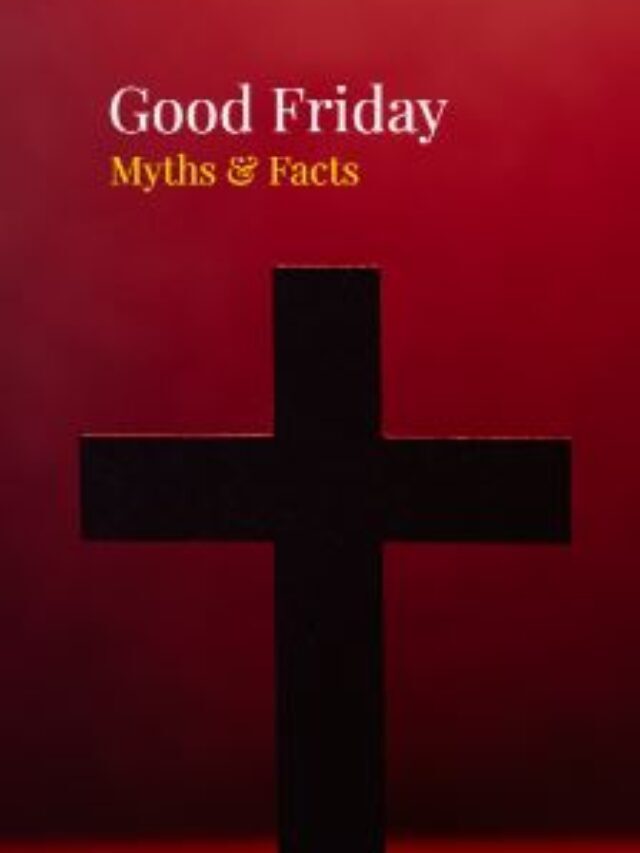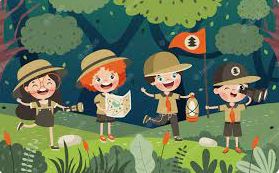8 Classical dance forms of India
The history of Indian classical dance forms can be traced back to ancient times, with some of the earliest references to dance found in the Vedas, the oldest scriptures of Hinduism, which date back to around 1500 BCE. The Vedas mention various types of dance, including the “Tandava” dance of Lord Shiva, which was believed to have been performed for the gods.
The Natya Sashtra by ancient scholar Bharat Muni believed to have been compiled between 500 BCE to 500 CE is considered to be the foundational treatise for classical dances of India. It illustrates the basic steps hand, leg and facial gestures and postures.
These dance forms were of broadly two categories – one which was for entertainment of the audience with story telling and the other performed in temples showing devotion towards God.
Over time, these ancient dance forms evolved and diversified, leading to the creation of various regional styles of classical dance forms. The Sangeet Natak Academy recognizes eight classical dance forms in India.
All major classical Indian dance forms include in repertoire, three categories of performance in the Natya Shastra. These are Nritta, Nritya and Natya.
a) The Nritta performance is an abstract, fast and rhythmic aspect of the dance
b) The Nritya is slower and expressive aspect of the dance that attempts to communicate feelings, storyline particularly with spiritual themes in Hindu dance traditions
c) The Natyam is a play, typically a team performance, but can be acted out by a solo performer where the dancer uses certain standardized body movements to indicate a new character in the underlying story
The expressions and communication through symbols is in the form of expressive gestures (mudras or hastas) and drama set to music. The gestures and facial expressions convey the ras (sentiment, emotional taste) and bhava (mood) of the underlying story. In these classical dances, the dancer expresses by paying attention to the below aspects of a performance:
- Angika (gestures and body language),
- Vachika (song, recitation, music and rhythm),
- Aharya (stage setting, costume, make up, jewelry),
- Sattvika (artist’s mental disposition and emotional connection with the story and audience, wherein the artist’s inner and outer state resonates).
- Abhinaya draws out the bhava (mood, psychological states).

Bharatanatyam: Originating in Tamil Nadu, Bharatanatyam is a form of classical dance that is known for its precise footwork and expressive hand gestures. It often tells stories of Hindu mythology.

Kathak: Originating in North India, Kathak is a form of classical dance that emphasizes footwork and fast spins. Although, the dance form was originally performed in temples with storytelling from the epics Ramayana and Mahabharata, however. it gradually became the entertainment quotient in the courts of the Mughal emperors. Later, it became accessible to general public through theatres.

Kuchipudi: Originating in Andhra Pradesh, Kuchipudi is a form of classical dance that combines narrative storytelling with intricate footwork and graceful movements. Unlike the other styles mentioned, kuchipudi requires talent in both dancing and singing. Traditionally the dance was performed by men, even the female roles, although now it is predominantly performed by women.

Manipuri: Originating in Manipur, Manipuri is a form of classical dance that tells stories of Krishna and Radha through graceful, fluid movements. Manipuri is characterized by smooth and graceful movements. Female roles are especially fluid in the arms and hands, while male roles tend to have more forceful movements. The dance may be accompanied by narrative chanting and choral singing.

Mohiniyattam: Originating in Kerala, Mohiniyattam is a form of classical dance that is known for its graceful, slow movements and expressive facial expressions.

Odissi: Originating in Odisha, Odissi is a form of classical dance that is known for its fluid, graceful movements and intricate footwork. It often tells stories from Hindu mythology. Its postures replicate those found in temple sculptures. Based on archaeological findings, odissi is belived to be the oldest of the surviving Indian classical dances. Odissi is a very complex and expressive dance, with over fifty mudras (symbolic hand gestures) commonly used.

Sattriya: Originating in Assam, Sattriya is a form of classical dance that is performed in the monasteries of the Vaishnavite sect of Hinduism. It combines fluid movements with storytelling and devotional music.

Kathakali: Originating in Kerala, Kathakali is a form of classical dance that combines dance, music, and theater. It is known for its elaborate makeup and costumes, and tells stories from Hindu mythology.













